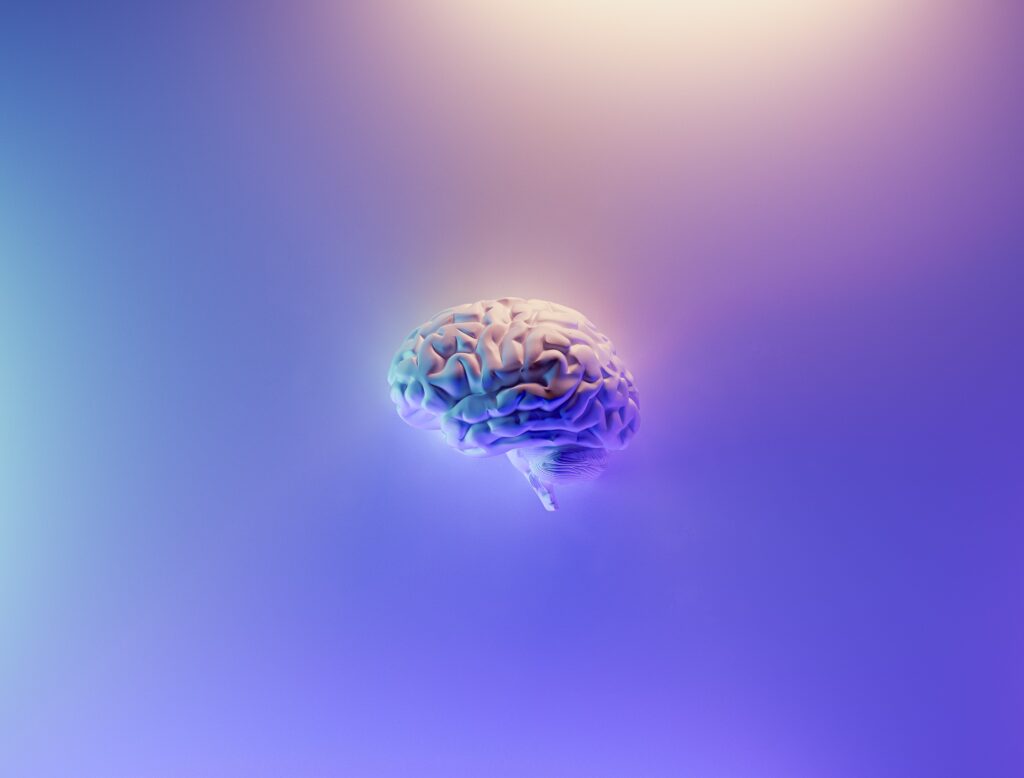Hyperphagia, or an abnormally stronger hunger or desire to eat, is one of the characteristics of Prader-Willi syndrome (PWS), a rare genetic disorder. Because of this, patients with PWS often have low metabolism and difficulty controlling their caloric intake, causing obesity and other health problems. However, Prader Willi Syndrome News reports that a non-invasive technique called transcranial direct current stimulation (tDCS) could suppress appetite and other food-related impulses. Read the full study findings published in Brain Sciences.
tDCS
According to Johns Hopkins Medicine, transcranial direct current stimulation (tDCS) is:
a non-invasive, painless brain stimulation treatment that uses [direct electrical currents for neuronal stimulation]. A constant, low intensity current is passed through two electrodes placed over the head which modulates neuronal activity.
Altogether, there are two forms of tDCS: anodal and cathodal. In anodal tDCS, the brain stimulation works to supplement or activate neuronal activity. Alternately, cathodal tDCS works to lower or inhibit neuronal activity. Beyond PWS, tDCS is also considered a potential treatment option for patients with chronic pain, anxiety and depression, and Parkinson’s disease. However, the therapy is not yet FDA-approved.
tDCS for Appetite Suppression
How do we choose what to eat, how much to eat, and when to eat? In our brain, our dorsolateral prefrontal cortex (DLPFC) plays a role in memory, executive function, and responses. Additionally, prior studies have shown that patients with PWS have lower DLPFC activity when acting on food impulses. In fact, using tDCS to target the DLPFC was able to reduce cravings for food (or other substances like tobacco) in prior research. Now, researchers wanted to understand how tDCS altered hyperphagia during tasks which required looking at food and non-food-related imagery. Both before and after performing the tasks, researchers used EEG to measure neuronal activity.
Altogether, 10 patients with PWS enrolled. Their ages ranged from 19 years old to 44 years old. Of the patients, four had missing genes on paternal chromosome 15, and the remaining patients inherited two copies of maternal chromosome 15. Patients received either tDCS or a placebo (faux tDCS). During treatment, two electrodes were placed on the scalp. Over a 30-minute period, patients received either tDCS or fake electric stimulation.
As patients received treatment, either food or non-food-related images appeared. The image stayed for one second, followed by a blank screen. Next, patients were asked to either respond to a Go condition for non-food-related images, or not respond to food imagery. Researchers evaluated the amount of mistakes, response times, and correct responses.
Research Findings
Altogether, study findings show that:
- Patients who received tDCS had faster reaction times to non-food-related imagery than those receiving the placebo. However, there was no significant difference in the groups when reacting to food images.
- Researchers evaluated N2 amplitude, a brain wave pattern associated with response suppression. When evaluating N2 amplitude, patients receiving tDCS had lowered N2 amplitude following treatment.
- Ultimately, this suggests that tDCS helps suppress appetite or food-related impulses. This same reduction has been linked to lower caloric intake.
As a result, researchers believe that tDCS could improve food impulses and reduce hyperphagia in patients with PWS. However, more research is needed to test these findings.
Prader-Willi Syndrome (PWS)
A variety of genetic issues associated with chromosome 15 cause Prader-Willi syndrome (PWS), a rare multi-system disorder which results in a variety of mental, physical, and behavioral problems. In most cases, these chromosomal issues are spontaneous rather than inherited. However, all genetic alterations in PWS affect hypothalamus function. In infancy, patients with PWS often experience “floppy” muscle tone, poor sucking reflex, and underdeveloped genitals. Without proper care, infants with PWS may have “failure to thrive.” But in many cases, patients with PWS improve their muscle strength and motor skills as they age. Starting in early childhood, patients then develop additional symptoms including:
- A constant sense of hunger
- Poor impulses in relation to food or hunger
- Not feeling full
- Distinctive facial features such as almond-shaped eyes and a triangular mouth
- Short stature
- Scoliosis (abnormal spinal curvature)
- Skin-picking or other obsessive-compulsive behaviors
- Aggression or irritability
- Learning disabilities
- Intellectual or developmental delays
- Underdeveloped sex organs, resulting in infertility
- Obesity
- Self-harming behaviors
- Sleep apnea







